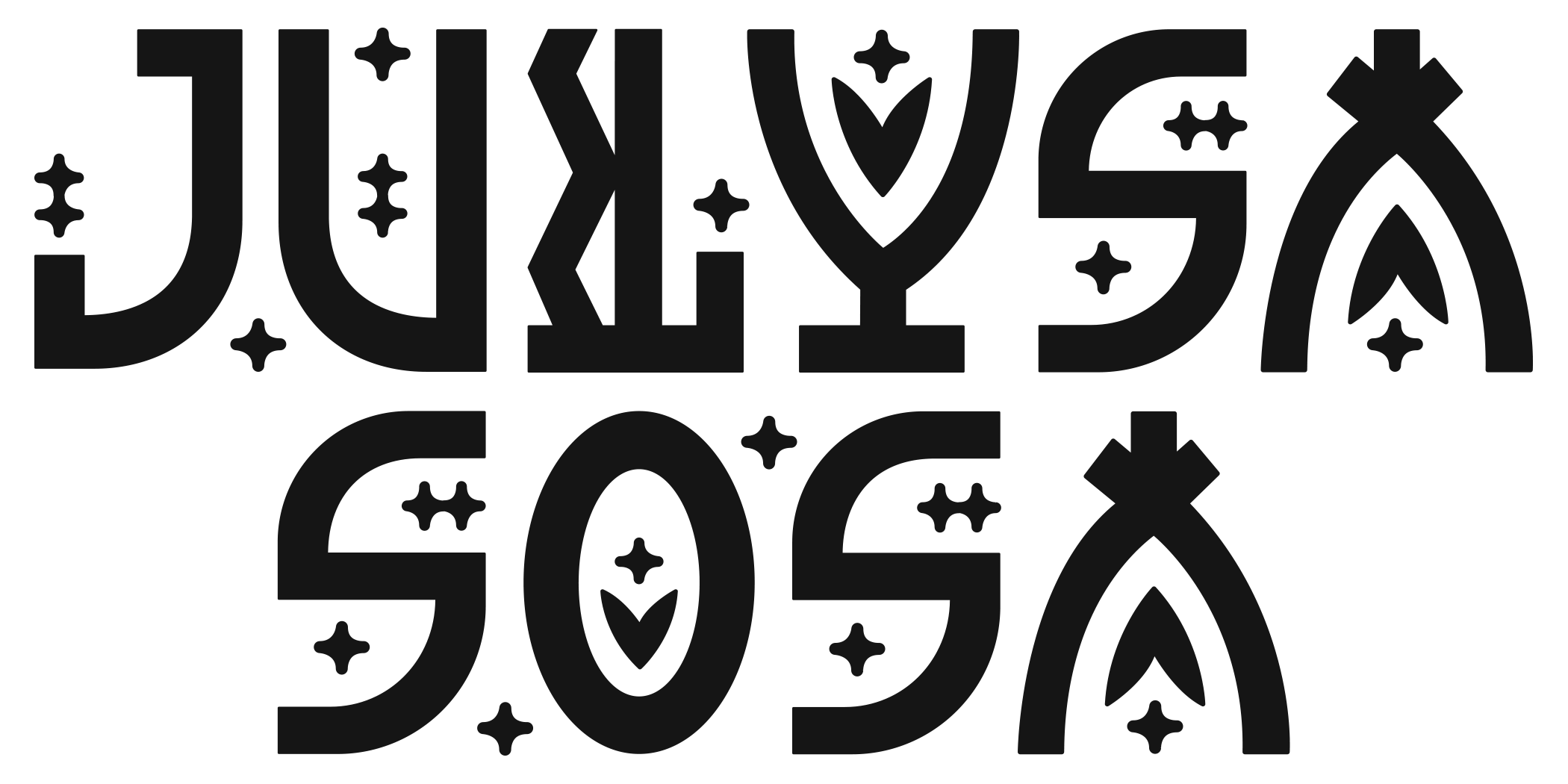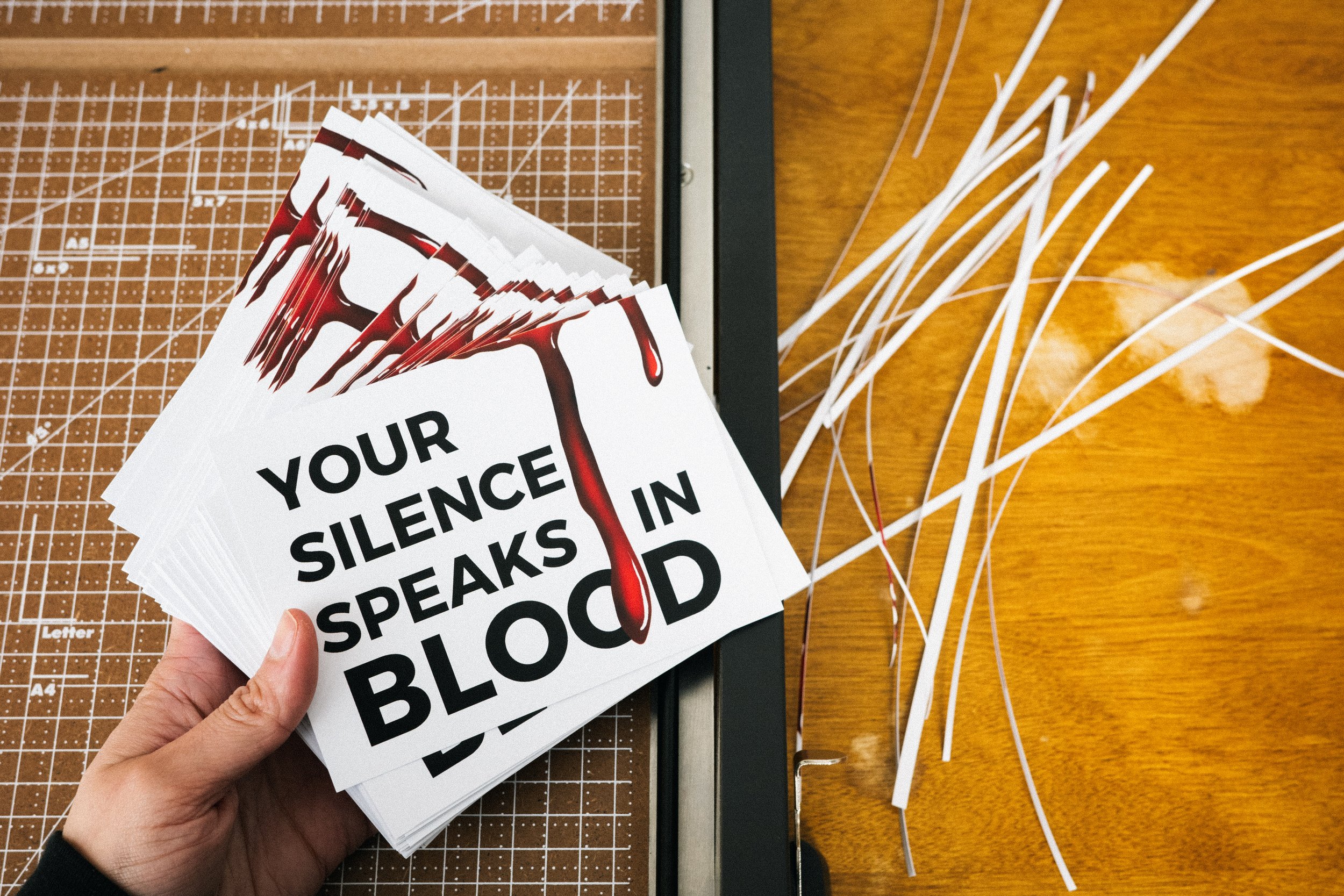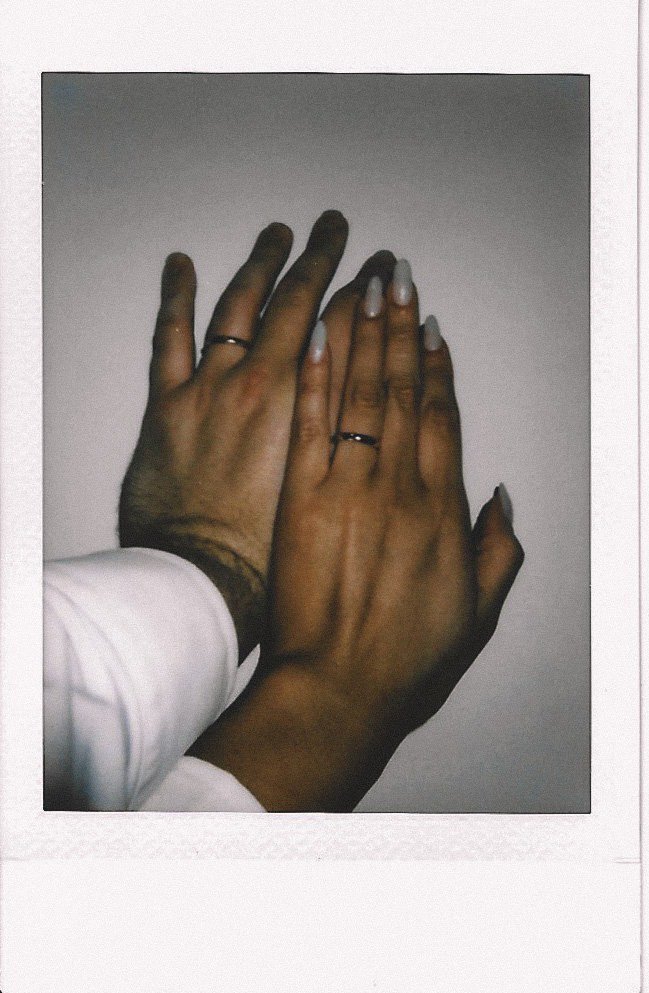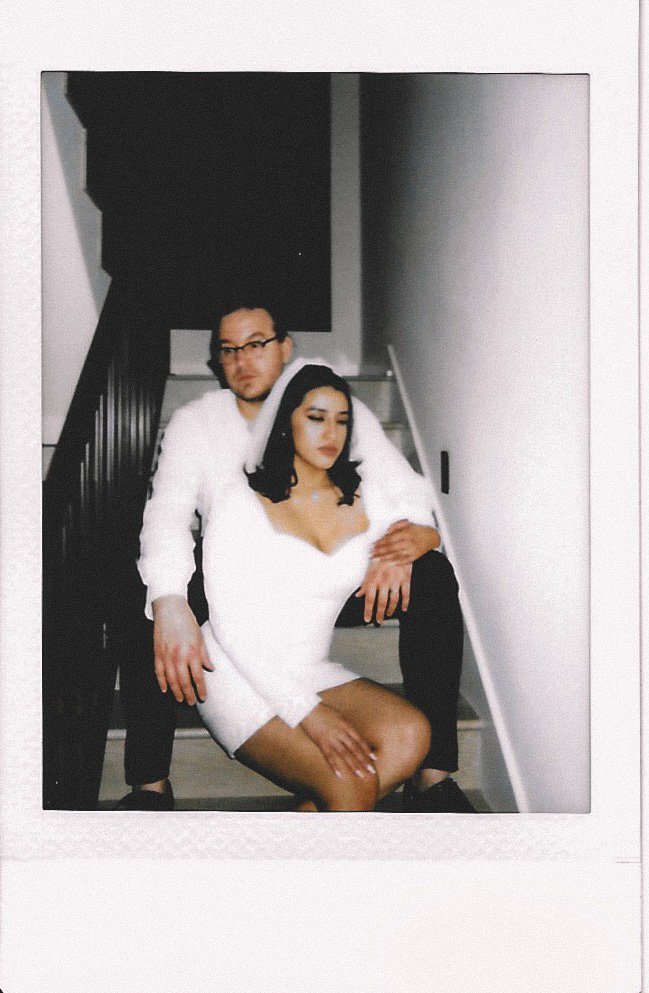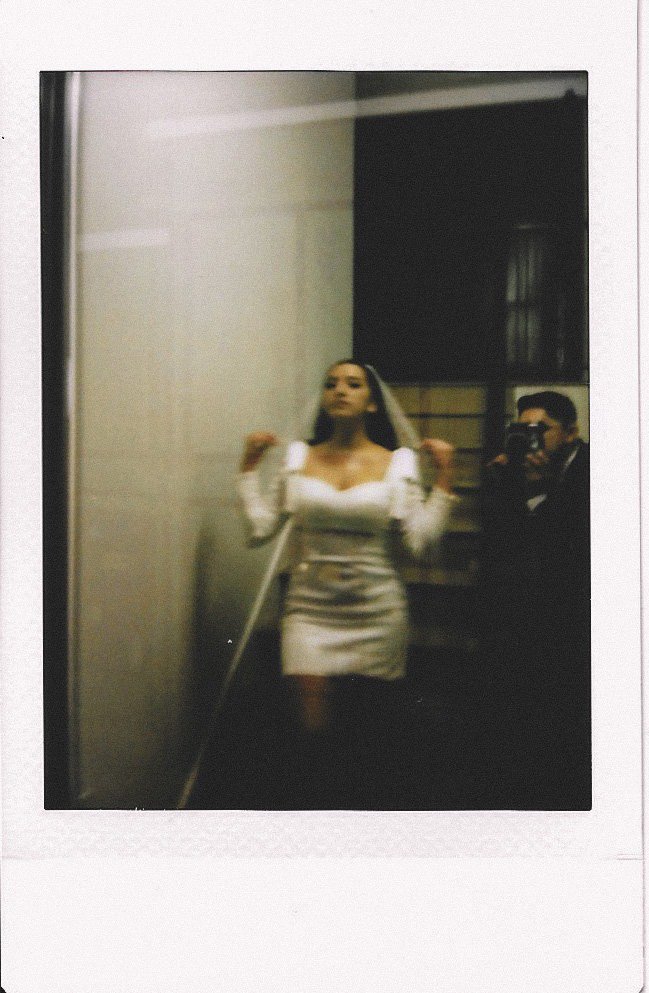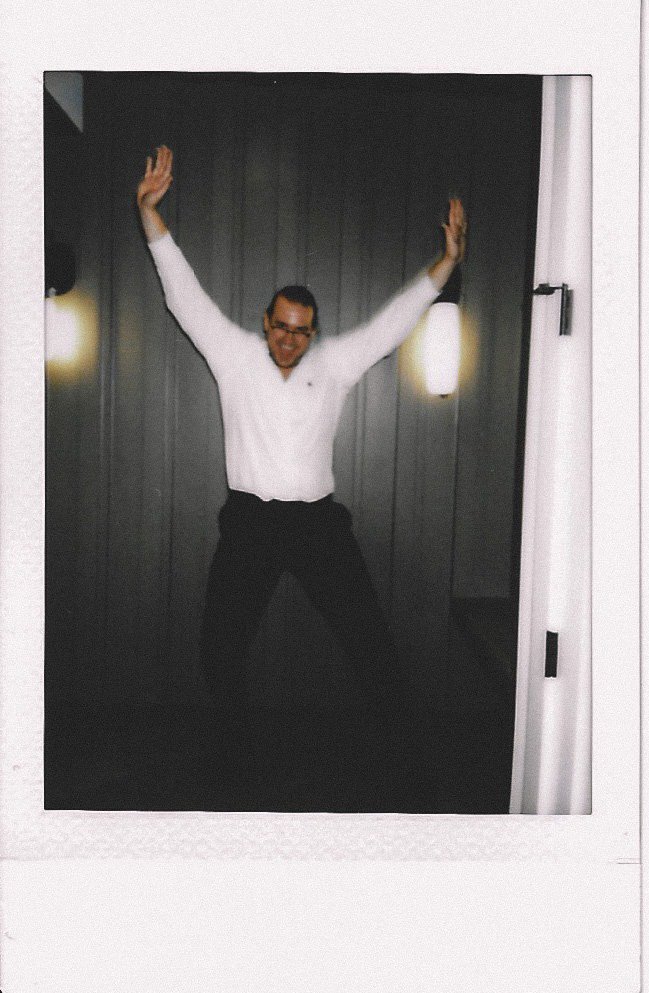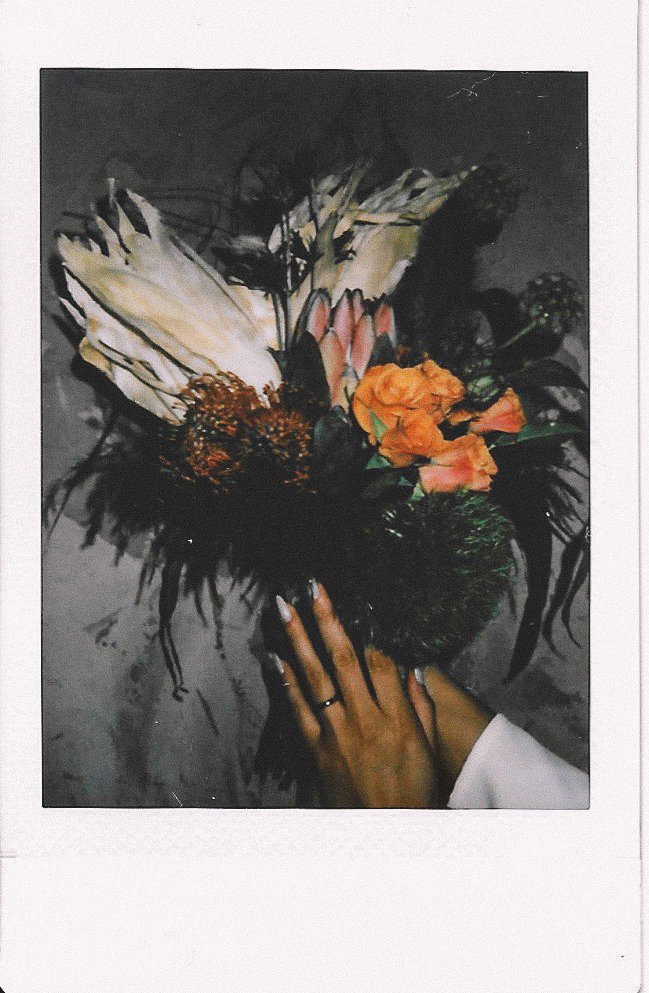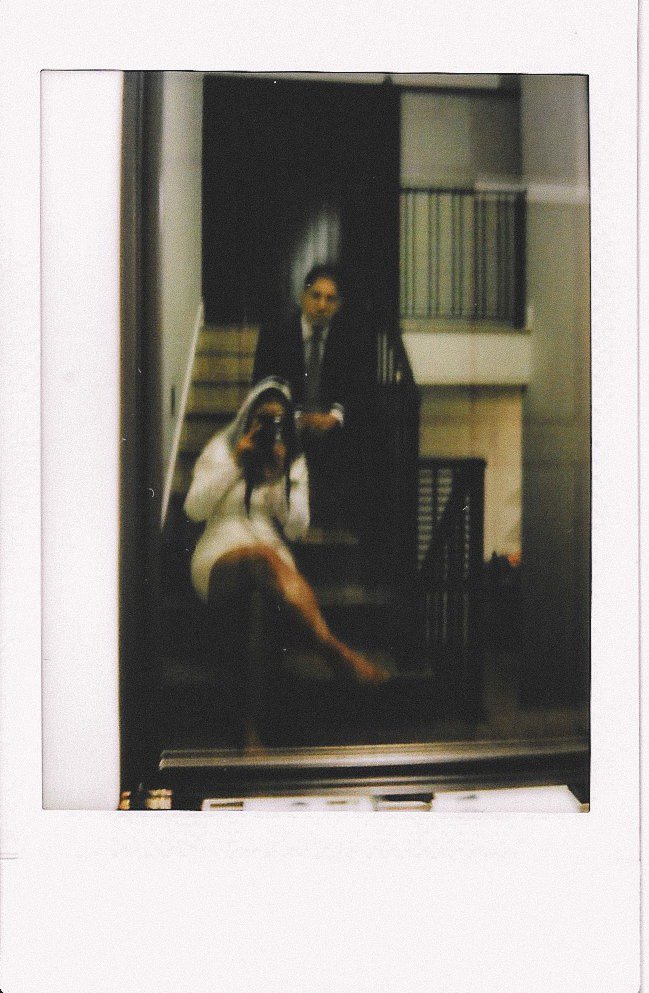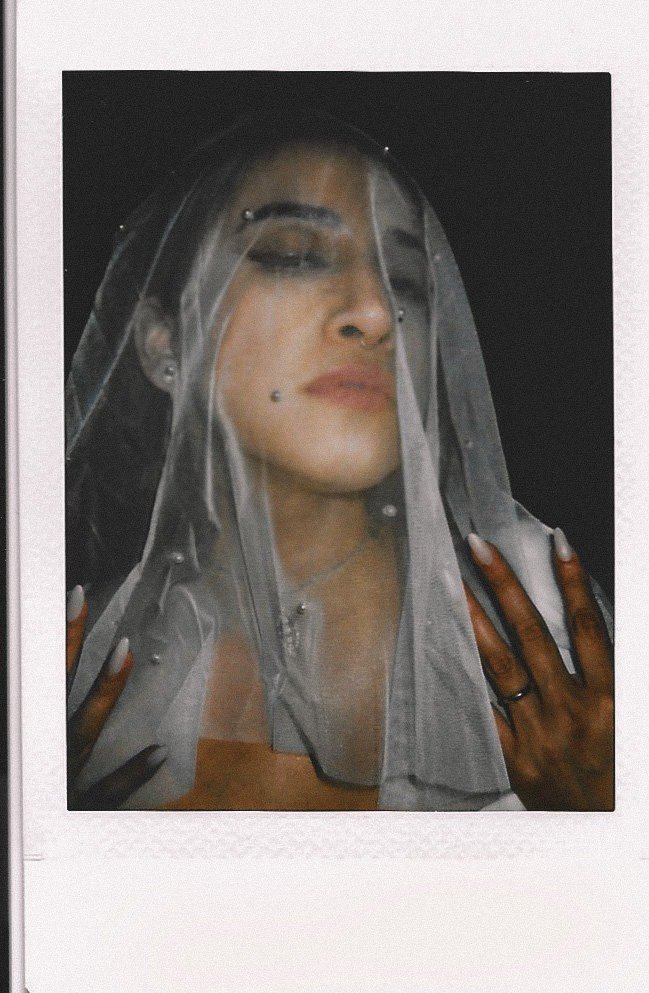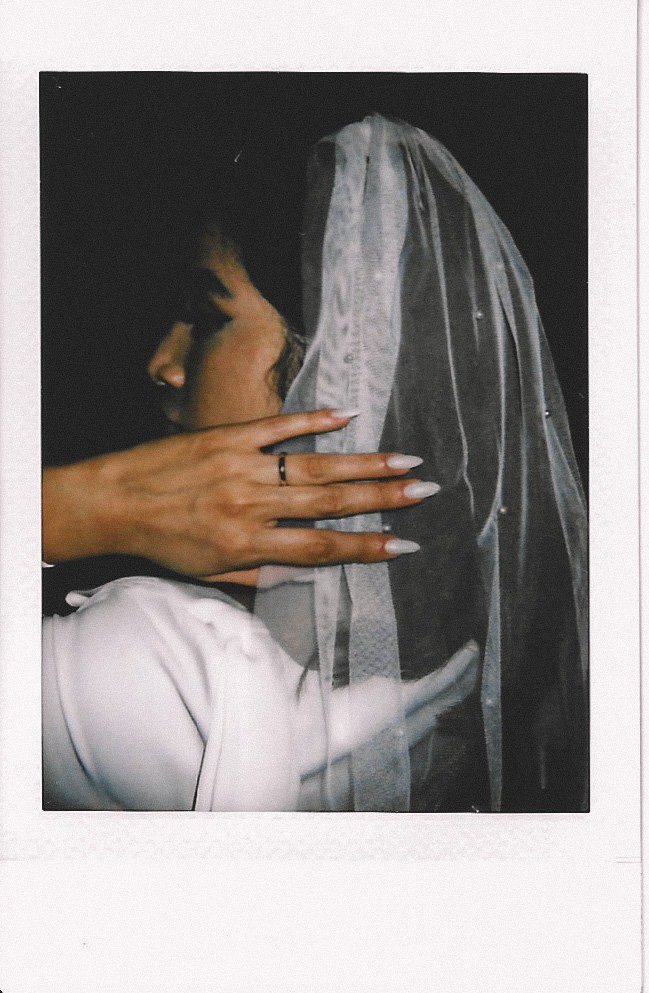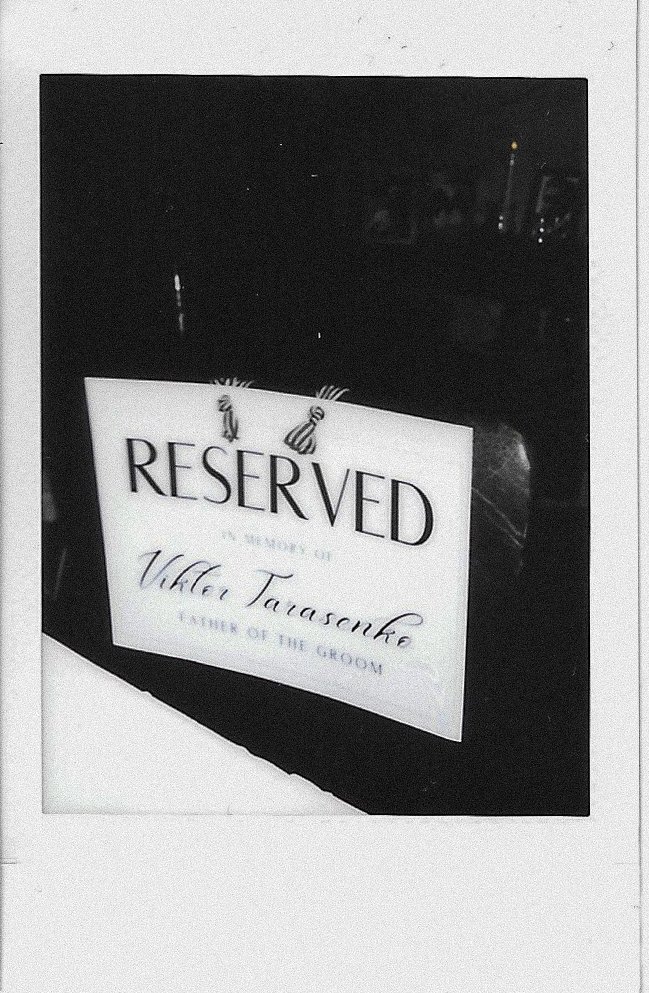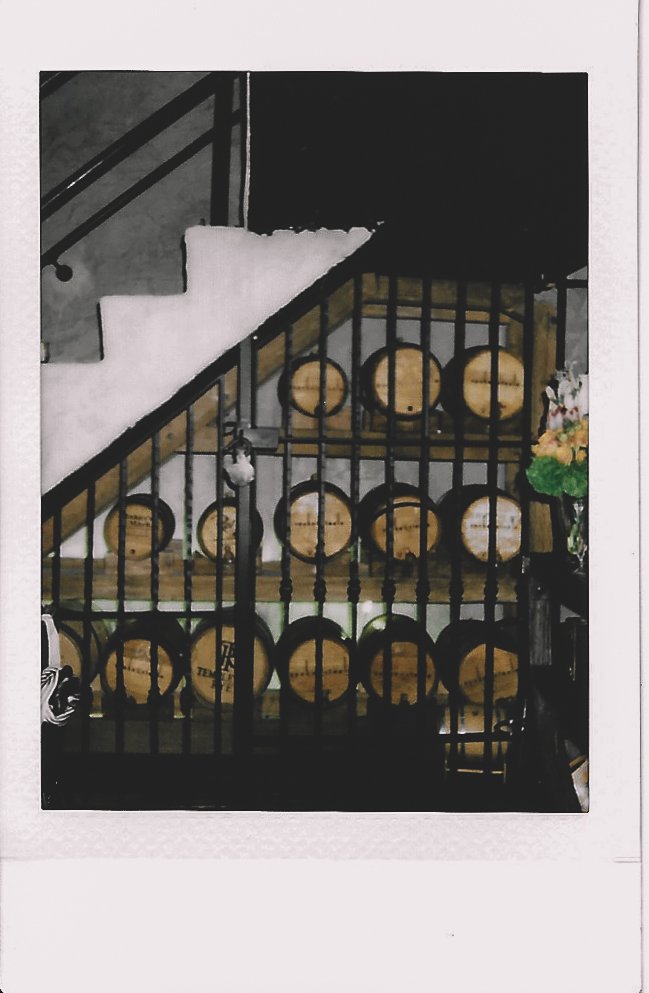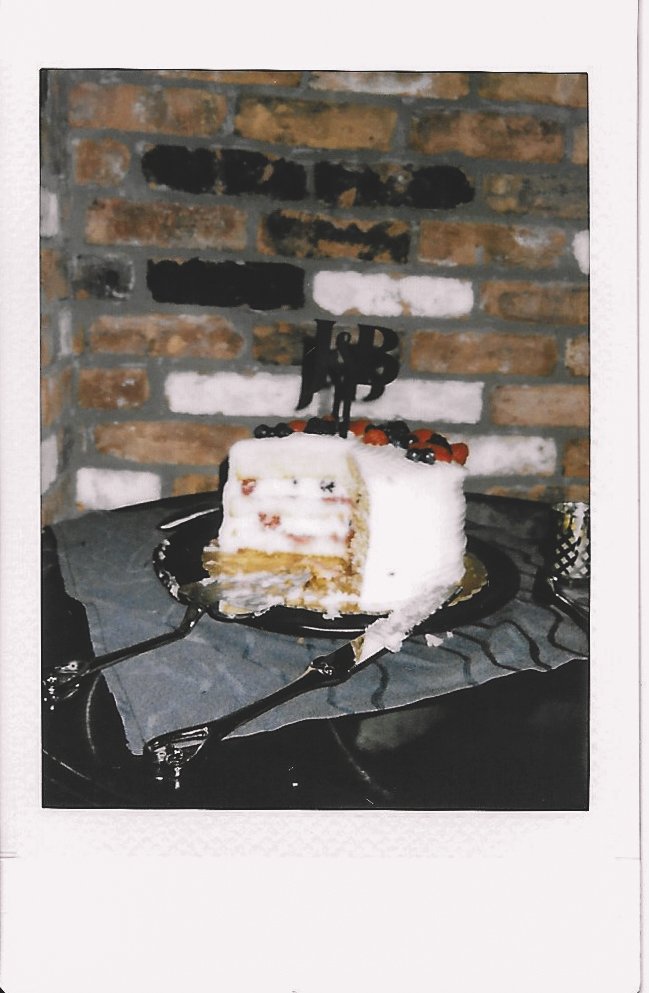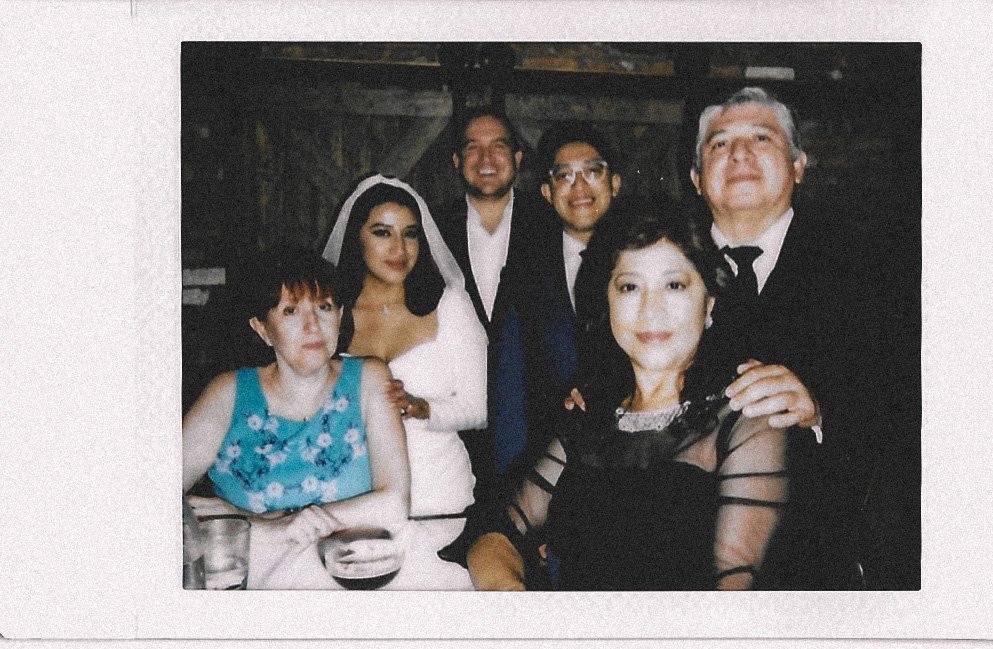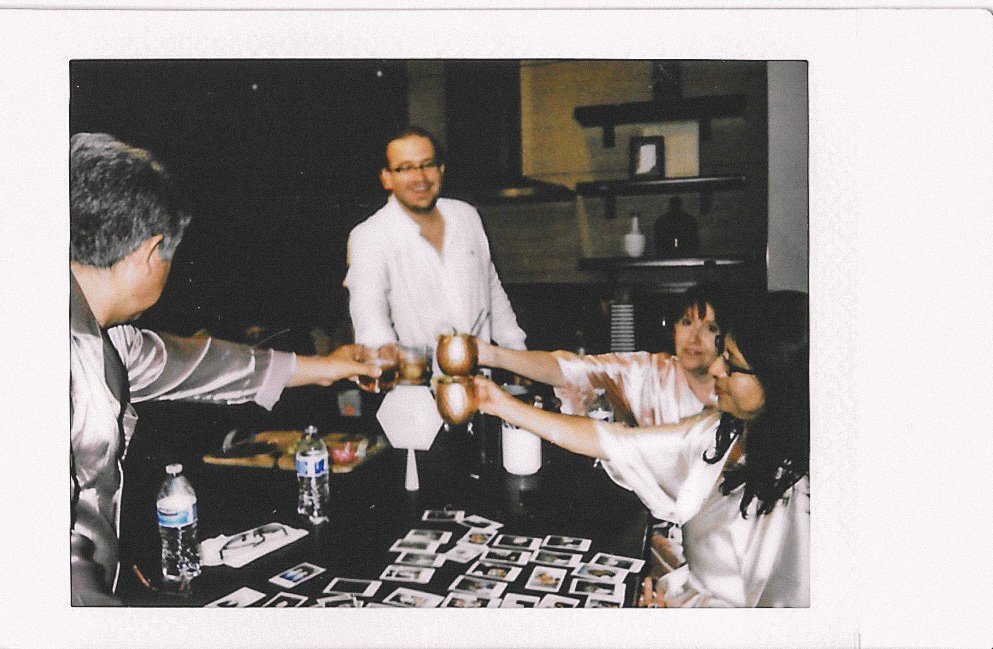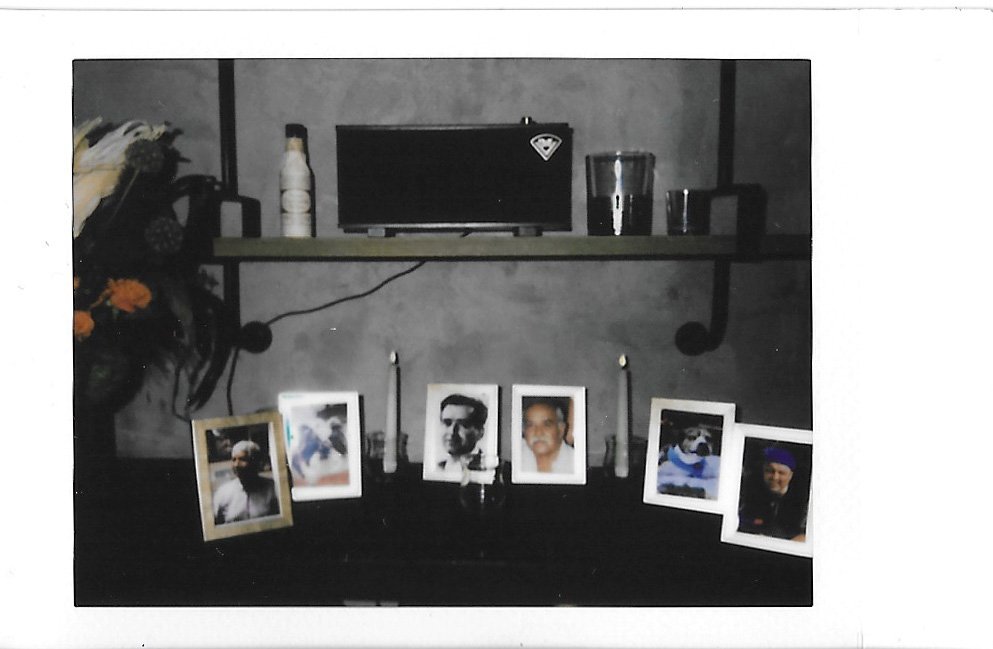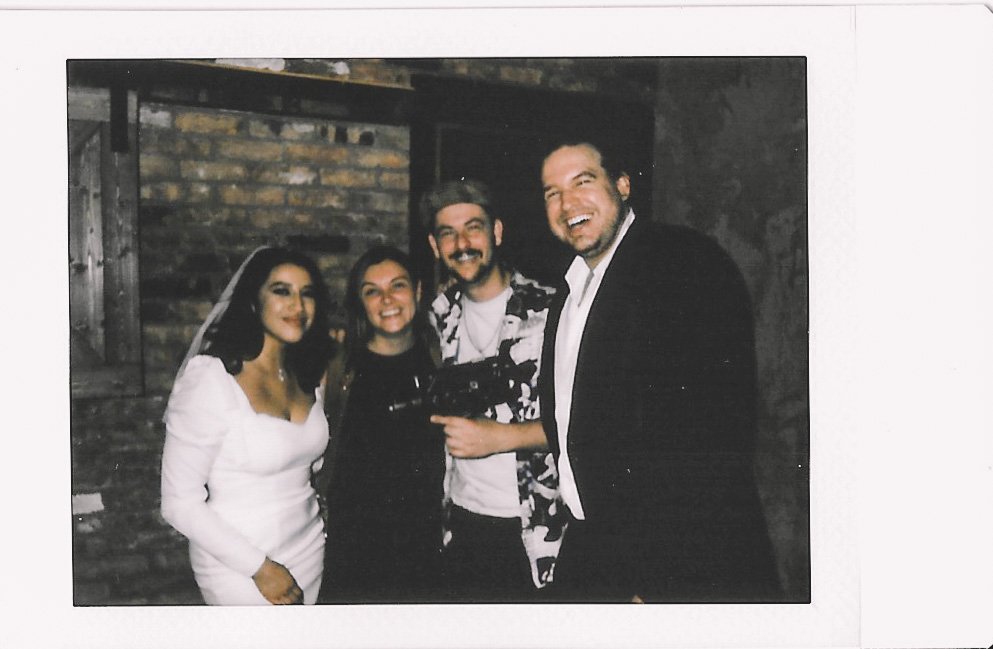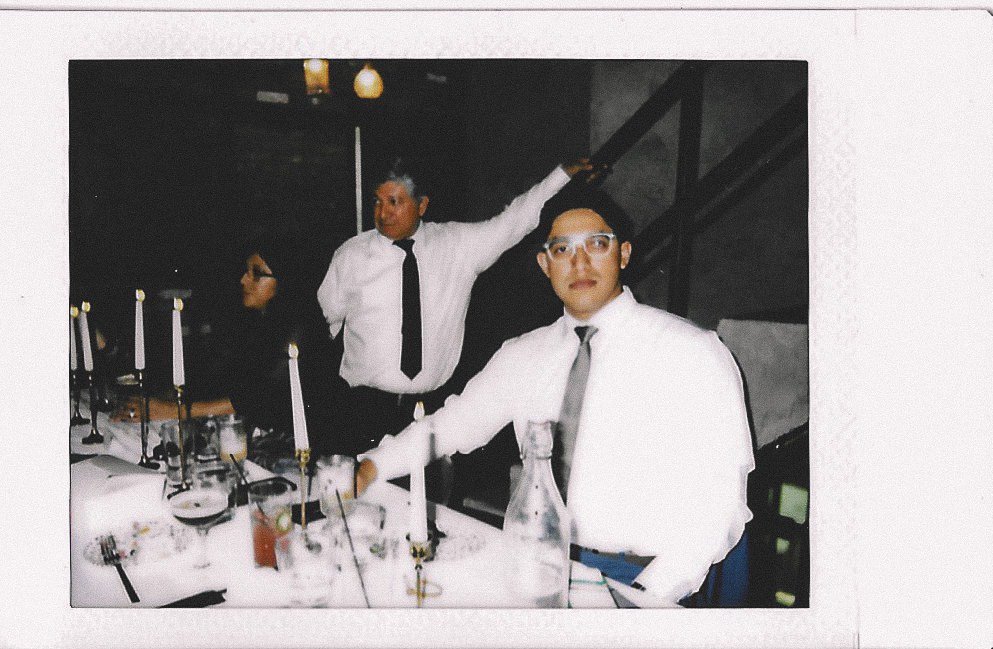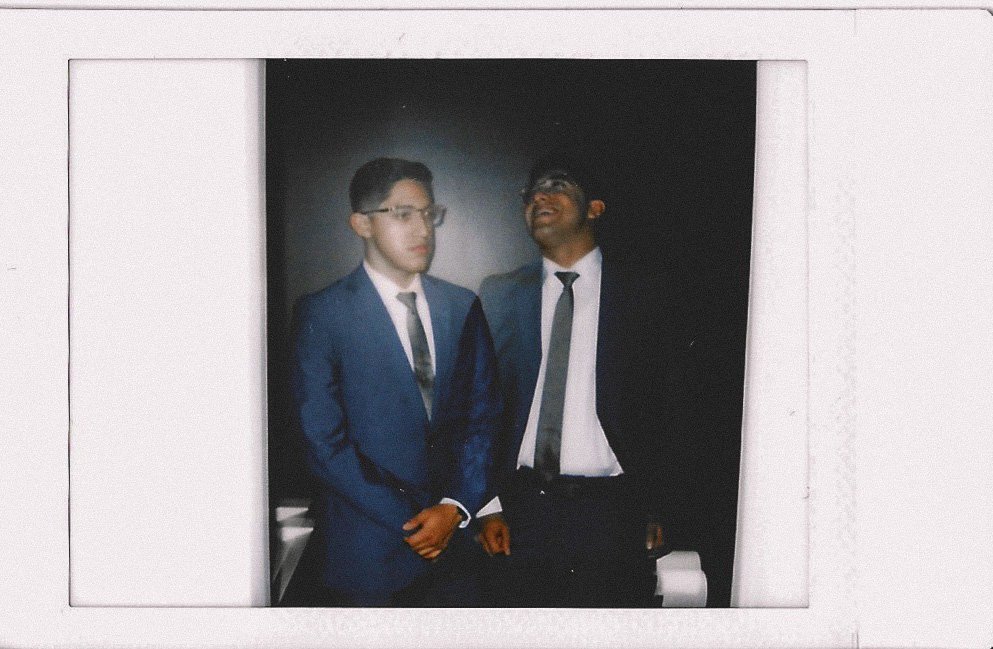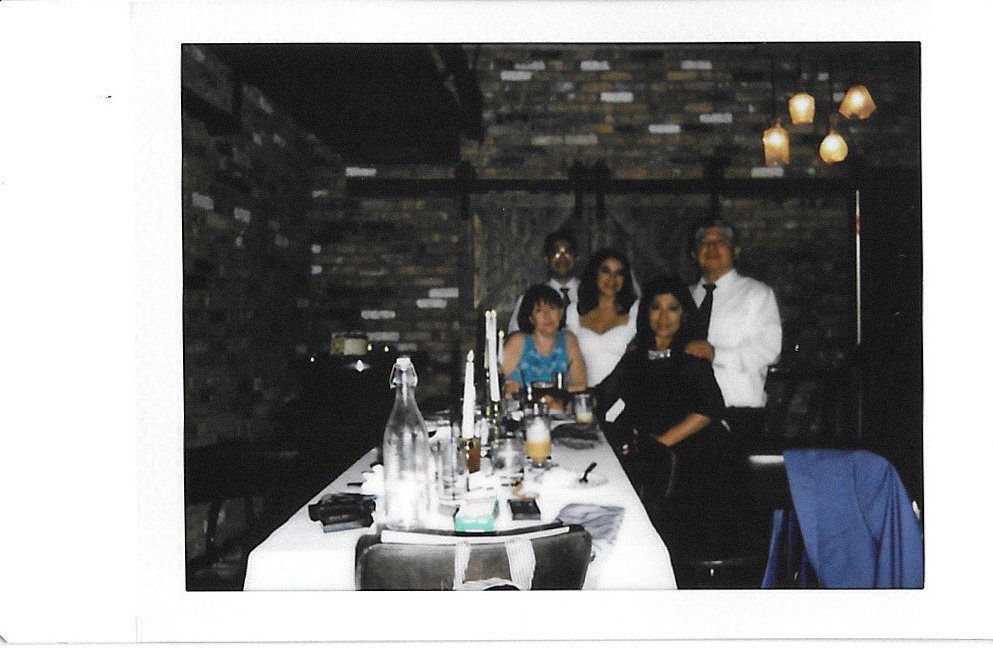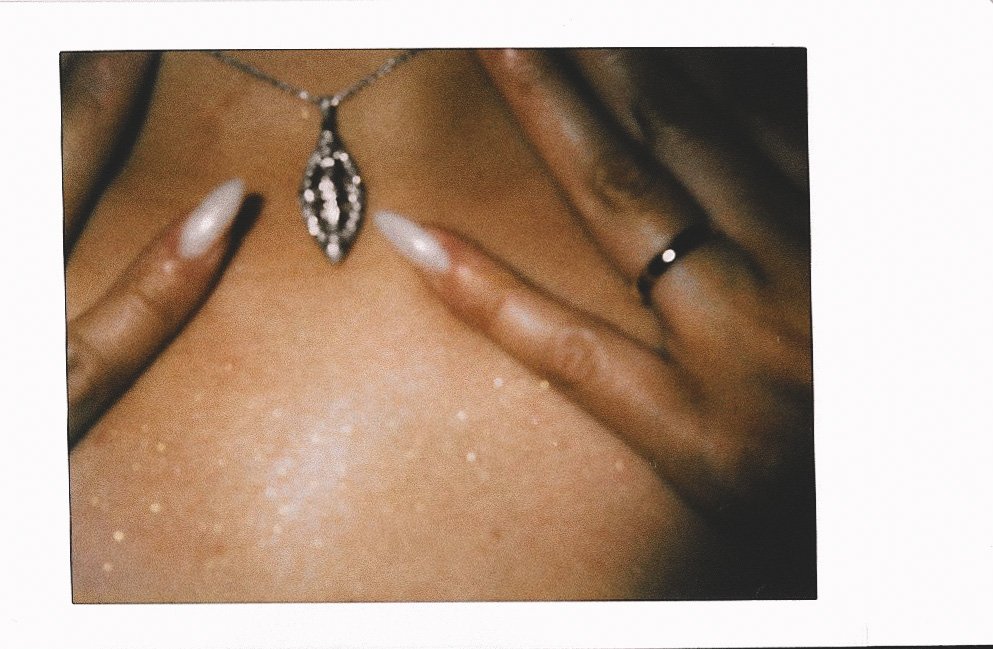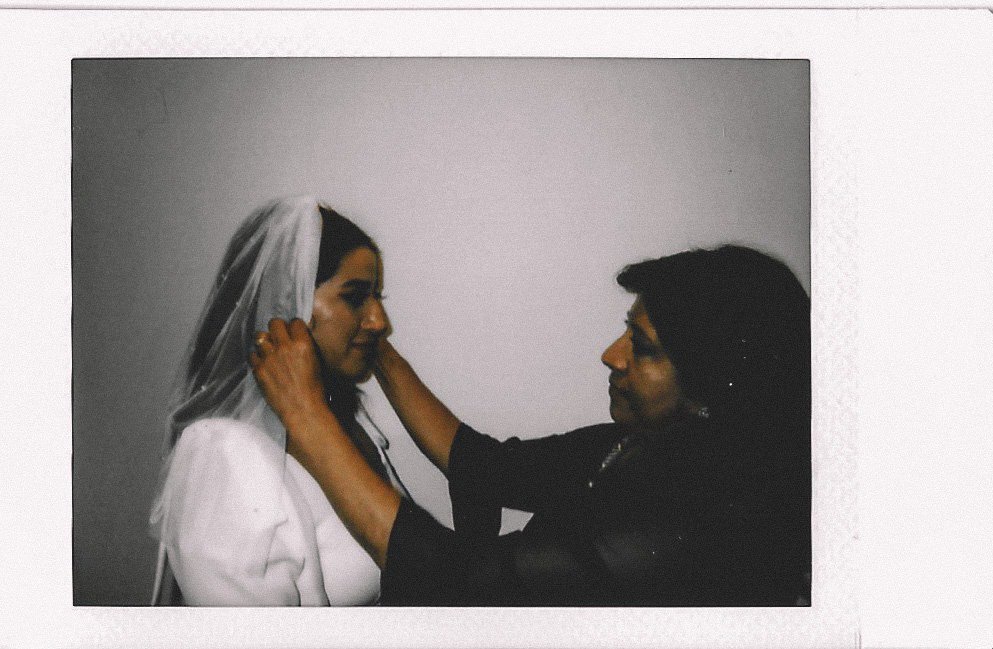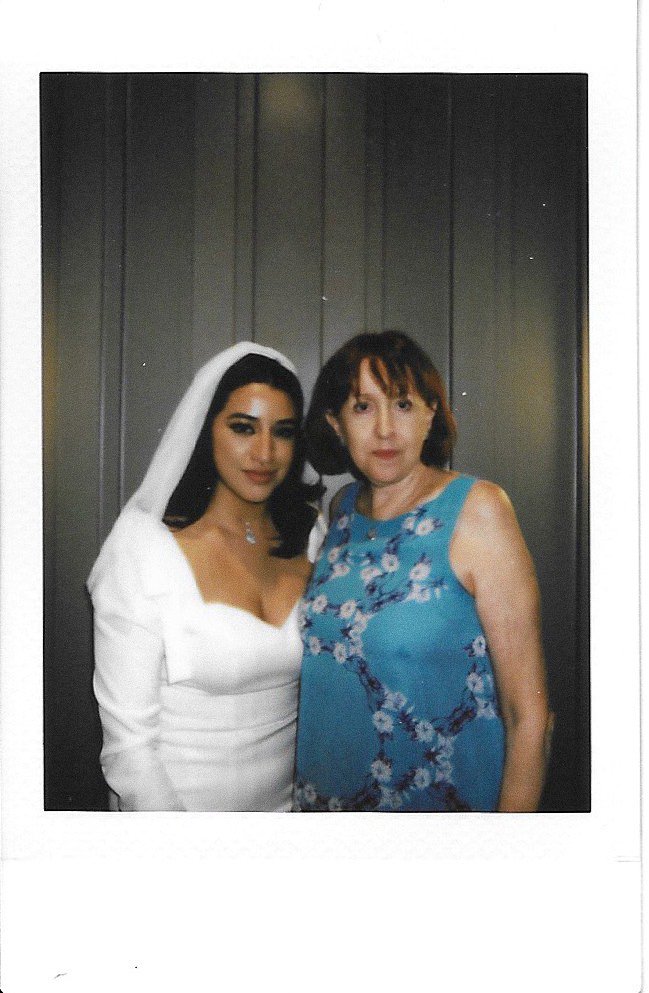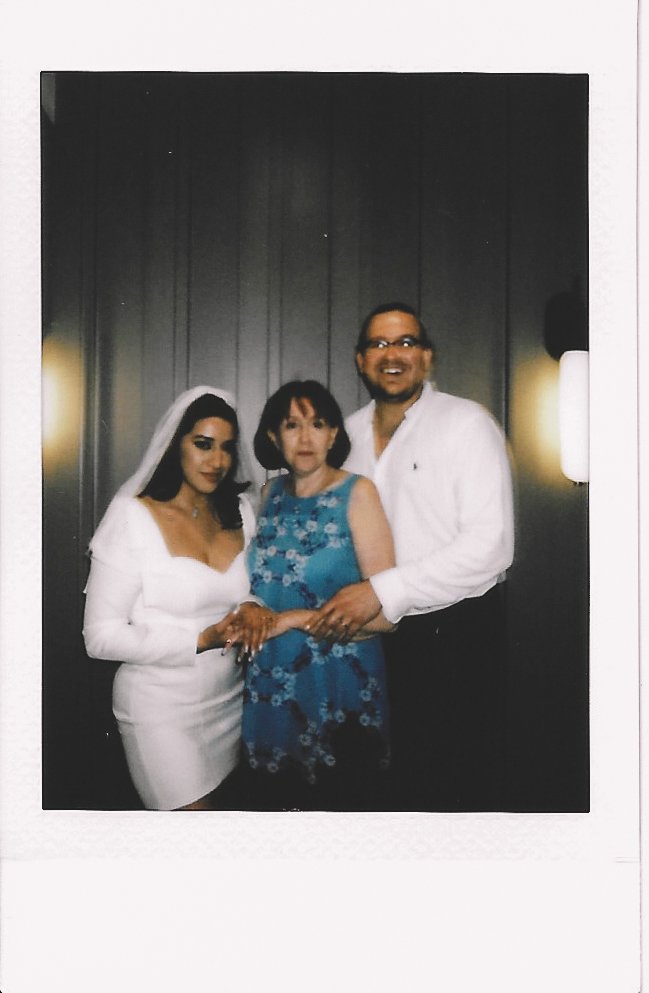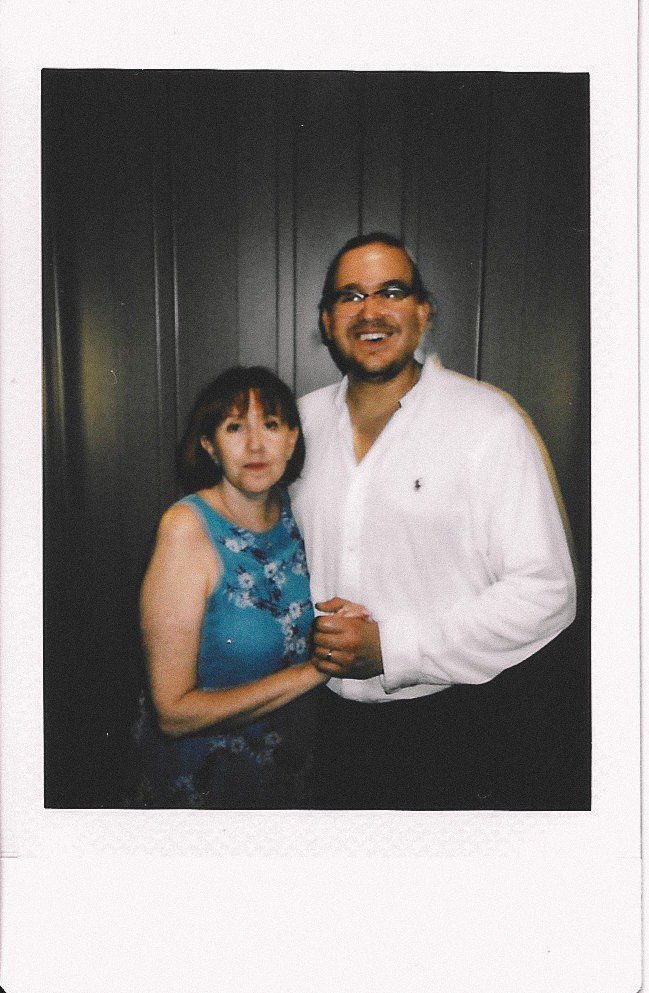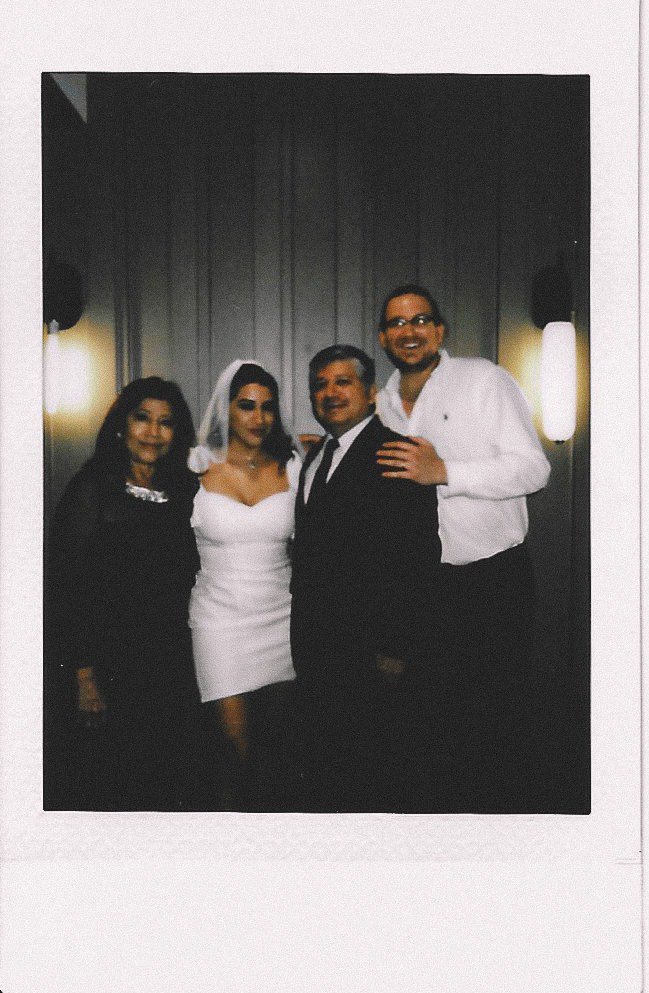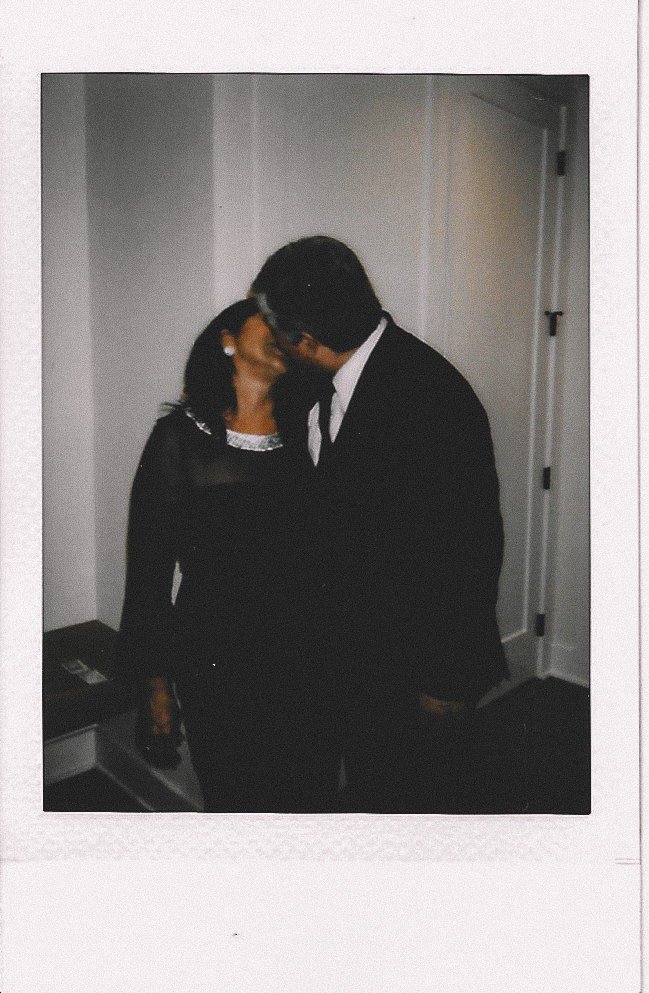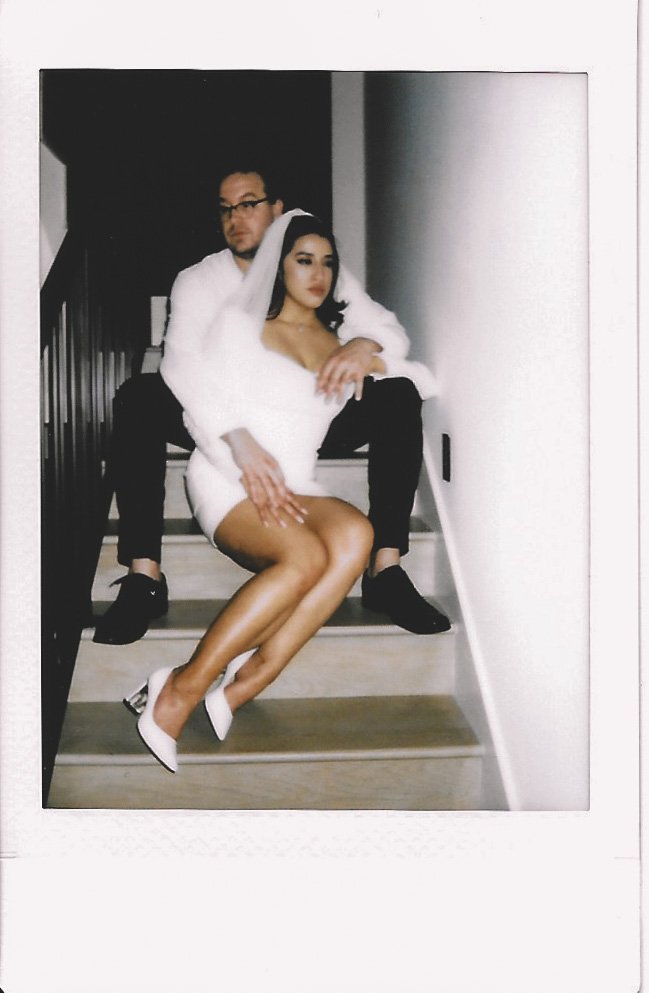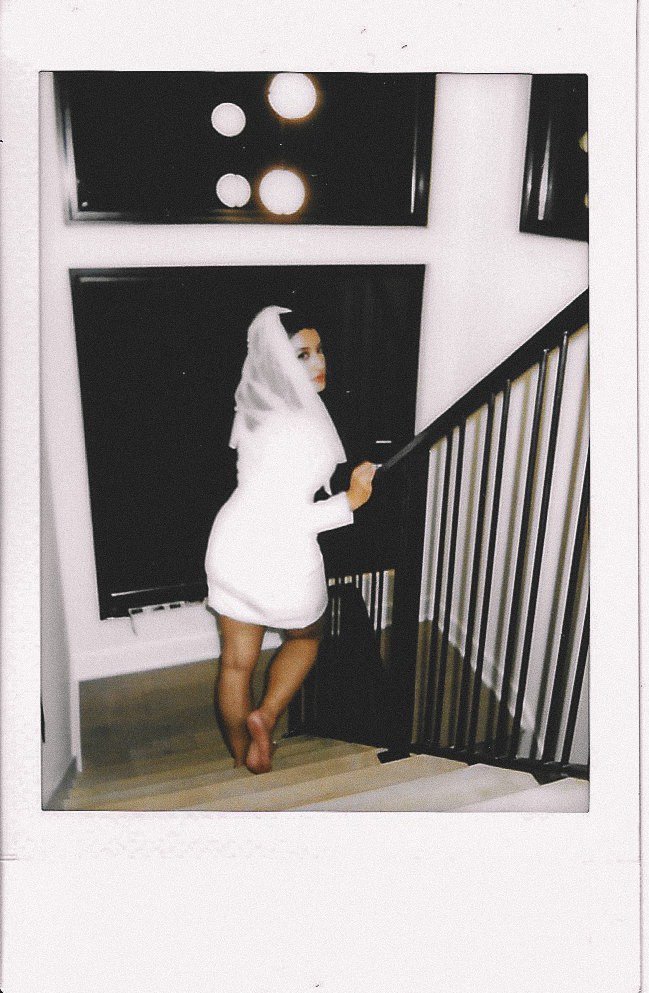Life has not felt normal for the past six months. I've been working through my grief, taking turns being held in community and also holding space for others. In this time, I've tried my best to not detach my mind from my body and continue to bear witness. It's unbelievable and wounding. In every interaction, I am caught in the horror of what continues to unfold in Palestine. I have a journal full of notes and reflections, but no real words of solace.
Something I wrote recently that really helped me push through my most recent piece is the idea of the role of grandparent and grandchild. I had watched a video clip of Bisan going live on TikTok, and someone asked her what would be the first thing she does when she is back home. She answered that the first thing would be to visit her grandmother, who was genocided, and visit her resting place because she never got the chance to grieve that loss. Honestly, that broke me.
After losing my grandmother last year, I am especially tender around this wound. I wrote in my grief journal, "What if Bisan also made an unspoken vow with her grandmother? What if she too was obligated with the responsibility of searching for her grandmother, and what if their cycle remains in limbo, incomplete because she is prevented from finding her?"
I began working on this digital piece, "Yolloxochitl / El Desprendimiento," soon after my grandmother passed last year. The conceptualization of this piece started from the wound of losing her. I have her suspended and cocooned in a place outside of time and space.
Yolloxochitl / El Desprendimiento, 2024
Her expression is neutral, childishly joyful, mischievous even, and she is cast in gold. I am vibrant red, showing the vitality of my being, and I am willfully threading, braiding the trenzas that connect me to her and to our ancestral network. My expression is grief, beyond grief because I am ripping open my chest to expose my heart, vulnerable and existing in the beyond.
I am cocooning my grandmother, preparing her, accompanying her, and ultimately releasing her. She is my Yolloxochitl, my heart flower. And this is my duty, to perform this ceremony of death and release, El Desprendimiento.
This process is wounding, but not despairing because I know as I coil her, and soon until no part of her is visible, she still exists, as an ancestor bundled like the others in the background. Always tethered and connected.
But still, I write this even now. With each breath, I feel the unforgiving edges cutting where her imprint was carved out. With every step forward, I carry the heavy empty space suspended. Despite this wound, I am grateful for it, as it serves as my proof that she did love me in this way, and it wasn’t just a figment of my imagination.
This feeling is why I dedicated this piece to all the grandchildren who, despite wincing through the cuts of memory, of love, remain tethered to their grandmothers. To those who whispered a vow, spoken or unspoken, to push against time, pull across space, and find each other in the middle once again, I search with you.
To you, to Bisan, to every grandchild tasked with searching, may we find her again, and again and again and again and again and again and again and again…
